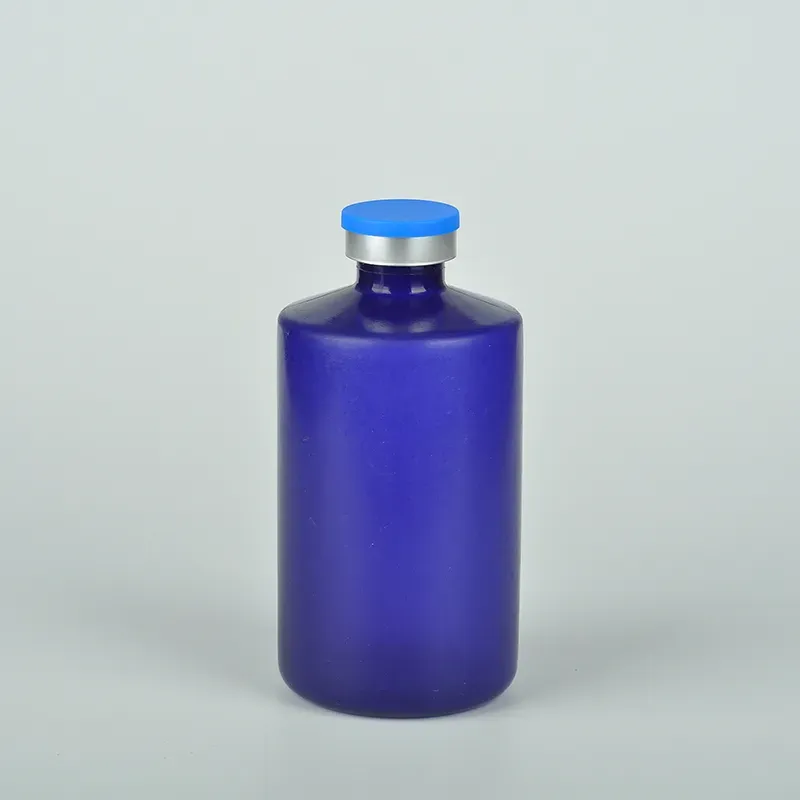https://www.wahmg.com/)">
liquid medicine bottle measurements
liquid medicine bottle measurements
Understanding Liquid Medicine Bottle Measurements
When it comes to liquid medicines, understanding measurements on the bottles is crucial for proper dosage and safety
. Liquid medications are commonly used for various health conditions, and accurate dosing can significantly impact their effectiveness and minimize the risk of side effects.Measurements on medicine bottles typically indicate the volume of the liquid contained within. This is usually expressed in milliliters (mL) or fluid ounces (fl oz). For example, a common dosage might advise taking 10 mL of a syrup twice daily. It is essential to pay attention to these measurements, as dosing errors can lead to inadequate treatment or overdose, both of which can have serious consequences.
Most liquid medicine bottles feature a graduated measuring device, such as a syringe, dropper, or measuring cup. Utilizing these tools ensures precision in administering the medication. For children, where dosages are often calculated based on weight, using a syringe is particularly effective, as it allows for more accurate measurement compared to a household spoon. Parents should avoid using kitchen utensils for measuring, as they can vary in size and lead to incorrect doses.
liquid medicine bottle measurements

In addition to the volume, many liquid medicine bottles also include concentration information. For example, a bottle might state that it contains 250 mg of active ingredient per 5 mL of solution. This information is essential for understanding how much of the active component is being administered with each dose. Patients should be aware of both the volume and concentration to accurately follow dosing instructions and avoid potential side effects from taking too much or too little.
There is also an important distinction between prescription liquid medications and over-the-counter (OTC) options. Prescription medications generally come with instructions from a healthcare provider or pharmacist that outline how to take the medicine, including necessary measurements. Conversely, OTC medications often have dosing information on the label that must be followed. Patients should adhere to these guidelines to ensure safe usage.
In addition to reading labels, it is essential for patients to engage in open communication with their healthcare providers. If there are any uncertainties regarding the dosage or how to measure the medicine correctly, patients should seek clarification. This is particularly important for individuals who are new to liquid medications or those who are administering medications to others, such as children or elderly family members.
In conclusion, understanding liquid medicine bottle measurements is vital for safe and effective medication use. Patients and caregivers should familiarize themselves with volume, concentration, and appropriate measuring tools. By following the instructions provided and maintaining clear communication with healthcare professionals, individuals can help ensure that liquid medications are used correctly and effectively, promoting better health outcomes.
-
Wholesale Plastic Juice Bottles with Caps 16 oz Options Available Bulk Packaging SolutionsNewsJun.10,2025
-
Laboratory Apparatus Reagent Bottle – Durable & Chemical Resistant Bottles for Safe StorageNewsJun.10,2025
-
Squeezable Dropper Bottles Durable, Leak-Proof & CustomizableNewsMay.30,2025
-
Affordable Plastic Petri Plates Sterile & Disposable Lab-GradeNewsMay.30,2025
-
Eye Dropper Caps Precision 24/410 & Plastic Bottle-Compatible TipsNewsMay.30,2025
-
Affordable Mini Spray Bottle Price & Wholesale Deals Shop NowNewsMay.29,2025





















